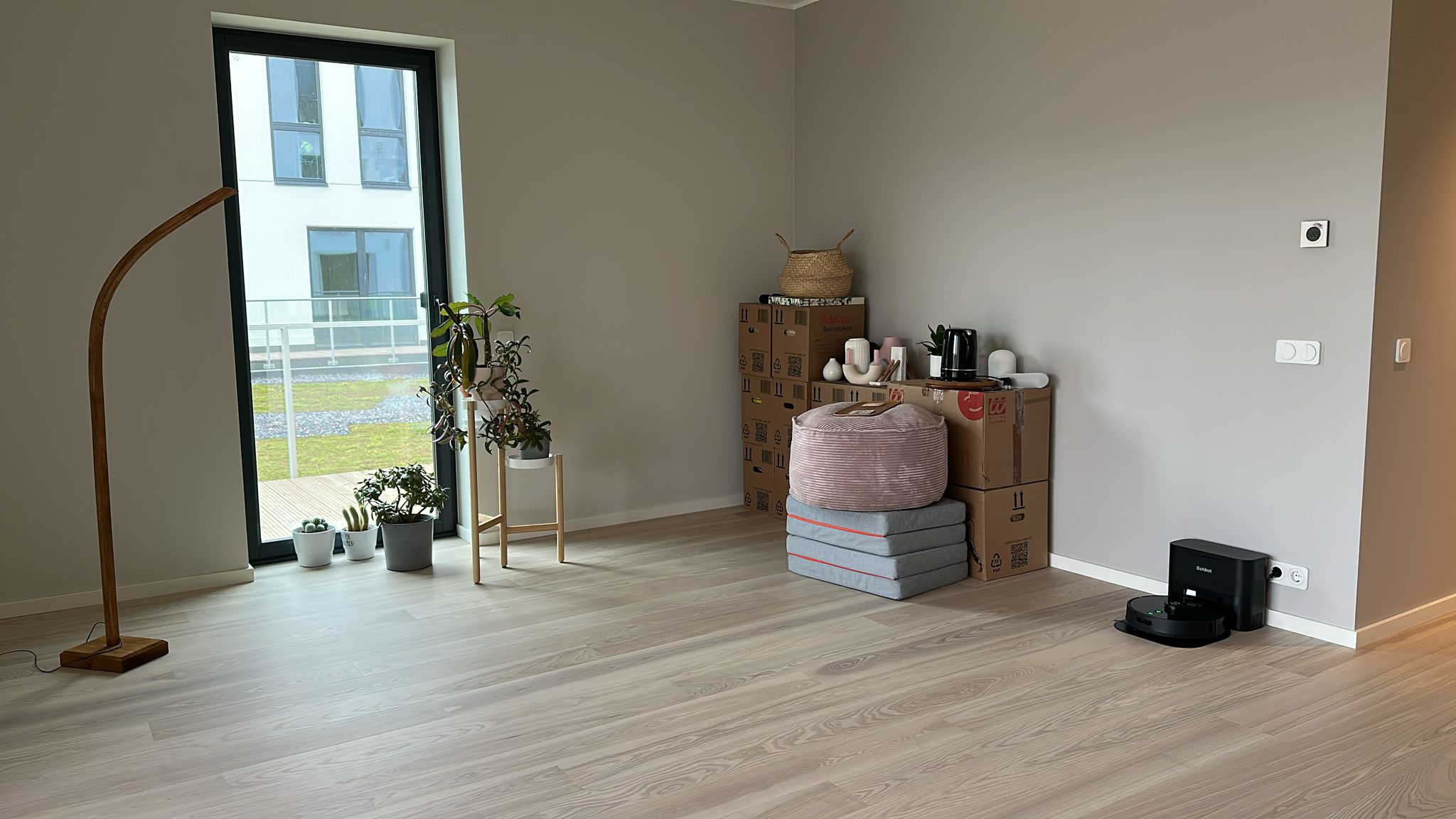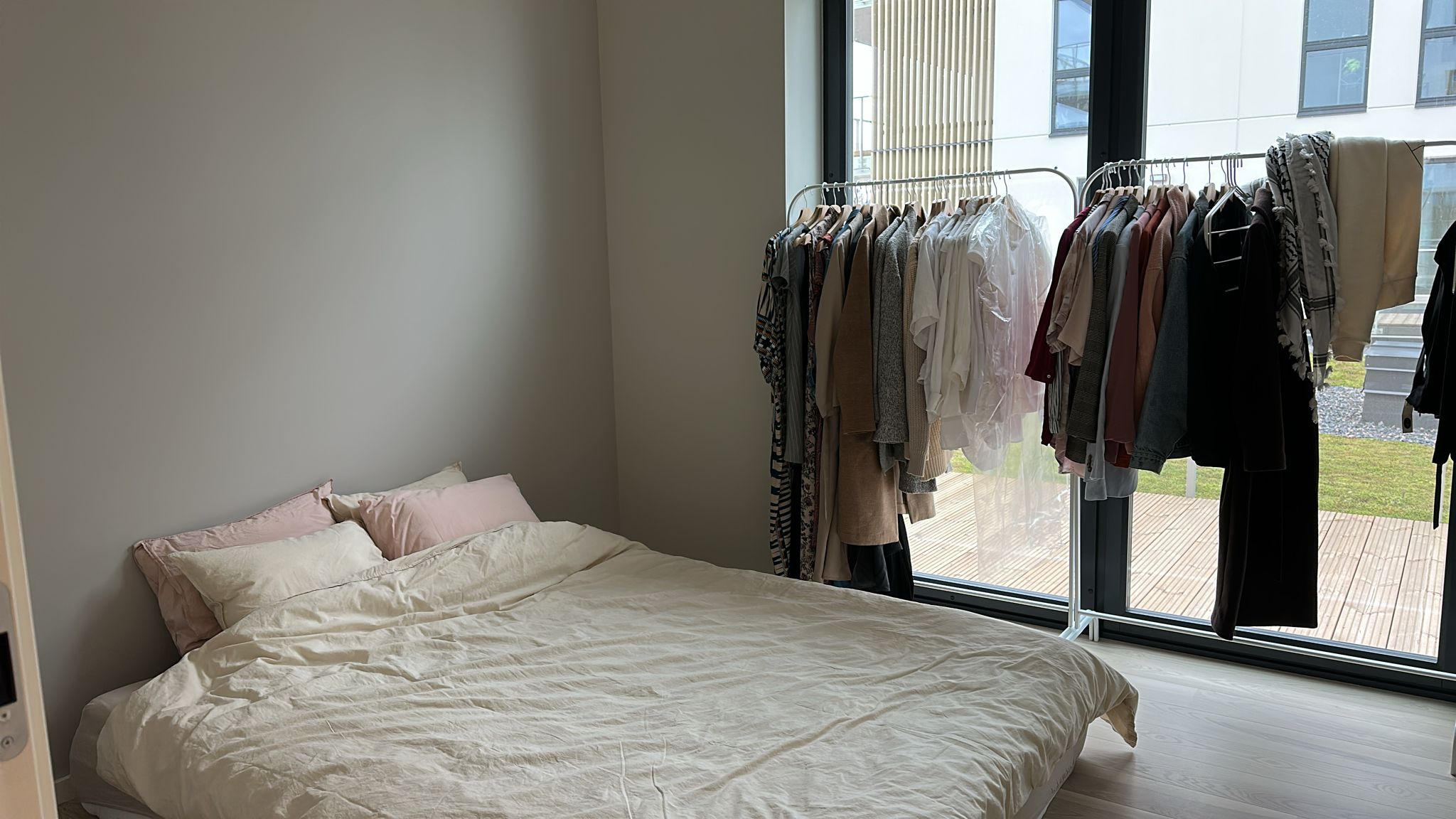Curtains are often one of the last items on the checklist—but they shouldn’t be. As an interior designer, I’ve seen again and again how curtain decisions made without broader design alignment lead to missed opportunities or expensive fixes. When designers and curtain professionals collaborate early, the results are both technically sound and visually consistent.
Curtain companies like Dever provide expert advice on hardware, systems, and materials—but it’s your interior designer who ensures those choices work in harmony with the proportions, colors, and spatial rhythm of your home. In my projects, I don’t just guide the mood or style—I also act as the link between your vision and the technical execution.
Rauno Roden, CEO of Dever, highlights a common pitfall that often arises when interior designers aren’t brought in early:
“A common mistake is leaving curtain orders until the final project stage, even though they significantly impact a room’s look and functionality. The main concern with ordering late is that thoughtful solutions may require construction changes—like electrical prep for motorized rails or wide enough cornices for installation. Once these elements are built, compromises in both aesthetics and function often become necessary.”
These two examples illustrate how collaboration between interior designer and curtain expert helped avoid exactly that.

Example 1: how collaboration helped meet functional needs
After a renovation, I thought I could handle the curtain installation myself—the rails were in, and I had a plan. I wanted ripple fold side curtains for texture and coziness. But when I started thinking about glare, heat, and privacy, I realized I needed expert input. I talked to Dever about my needs and the aesthetic I was going for, and they recommended recessed honeycomb blinds – lighter ones for living areas, blackout for bedroom and the sun-facing home office. It was exactly the kind of targeted, technical advice I needed—and it made the process fast, smooth, and stress-free.
Example 2: interior design with expert know-how
I love linen curtains—but new homes by the sea can raise questions. During a consultation, Dever pointed out that linen reacts to humidity and can stretch or shrink, altering how the curtains hang. That insight helped me as an interior designer choose a more stable material that still looked great, but performed better in a coastal setting.
Final takeaway: interior design shines in collaboration
Curtains might seem like a minor detail—but without strategic planning, they can disrupt the visual rhythm of a space. As a designer, I help anticipate these challenges and collaborate with experts like Dever to ensure smart decisions are made from the beginning. That way, curtains become part of the architecture of the room, not an afterthought. For results that look intentional and perform well, always bring your designer into the conversation early.
Need assistance? Book a 1:1 consultation with me now: https://anijarvinteriors.com/#contact

